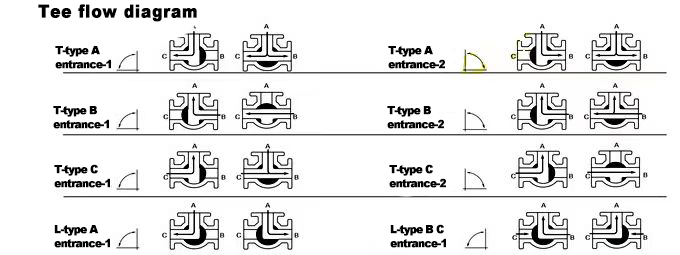- English
- Español
- Português
- русский
- Français
- 日本語
- Deutsch
- tiếng Việt
- Italiano
- Nederlands
- ภาษาไทย
- Polski
- 한국어
- Svenska
- magyar
- Malay
- বাংলা ভাষার
- Dansk
- Suomi
- हिन्दी
- Pilipino
- Türkçe
- Gaeilge
- العربية
- Indonesia
- Norsk
- تمل
- český
- ελληνικά
- український
- Javanese
- فارسی
- தமிழ்
- తెలుగు
- नेपाली
- Burmese
- български
- ລາວ
- Latine
- Қазақша
- Euskal
- Azərbaycan
- Slovenský jazyk
- Македонски
- Lietuvos
- Eesti Keel
- Română
- Slovenski
- मराठी
- Srpski језик
The Working Principle of Cylinder
2024-03-15
The Working Principle of Cylinder
The working principle of a cylinder is mainly based on pneumatic transmission, which drives the mechanism to perform linear reciprocating, swinging or rotating movements by converting the pressure of compressed gas into mechanical energy.

A cylinder is composed of a cylinder barrel, end cap, piston, piston rod, and other parts, and the piston moves back and forth in a straight line within the cylinder. When compressed air enters the rodless chamber of the cylinder, it pushes the piston to move in one direction; If compressed air alternately enters the chamber with and without a rod, the piston will move back and forth in a straight line. Cylinders can be divided into single acting cylinders and double acting cylinders. A single acting cylinder only has one chamber that receives compressed air, while the two chambers on both sides of a double acting cylinder alternately receive compressed air, thereby achieving the forward and backward movements of the piston. In addition, the cylinder can also change the direction of piston rod movement by changing the intake direction.

Cylinders are also widely used in various industrial fields:
In the field of mechanical manufacturing. Cylinders play an important role in machine tools, automation equipment, production lines, and other equipment, used to achieve functions such as workpiece clamping, clamping, positioning, pushing and pulling, and lifting
Aerospace field. The cylinder is used to control the movement of aircraft wings, control surfaces, and other components, as well as the opening and closing of cabin doors and landing gear.
In the automotive industry. Cylinders are used to control important parameters such as air conditioning dampers, cylinder doors, and braking systems in cars. Some cars also use cylinders to control important parameters such as engine intake.
Energy sector. Cylinders are used to compress natural gas or hydrogen for energy storage and transportation.
Packaging machinery. The cylinder controls the action of clamping devices, cutting devices, or heat sealers to ensure consistent packaging size and quality.
Automated production processes. The cylinder controls the movement and clamping of the assembly robotic arm, improving production efficiency and product quality.
The printing industry. The cylinder is used for tension control.
The semiconductor industry. The cylinder is used for spot welding machines, chip grinding, etc.
Metallurgical industry. Cylinders are used in production lines such as metal metallurgy, sintering, cold rolling, and hot rolling. four
Light industry, textile, and food industry. The cylinder is used on production lines such as sewing machines, embroidery machines, and textile machinery.
Chemical enterprises. The cylinder is used for conveying chemical raw materials, etc.
Transportation. The cylinder is used for train brake, vehicle door and window opening and closing, etc.
The healthcare system. The cylinder is used for equipment such as respirators.
In addition, cylinders have other applications, such as in robotics, automation control, and other fields.





